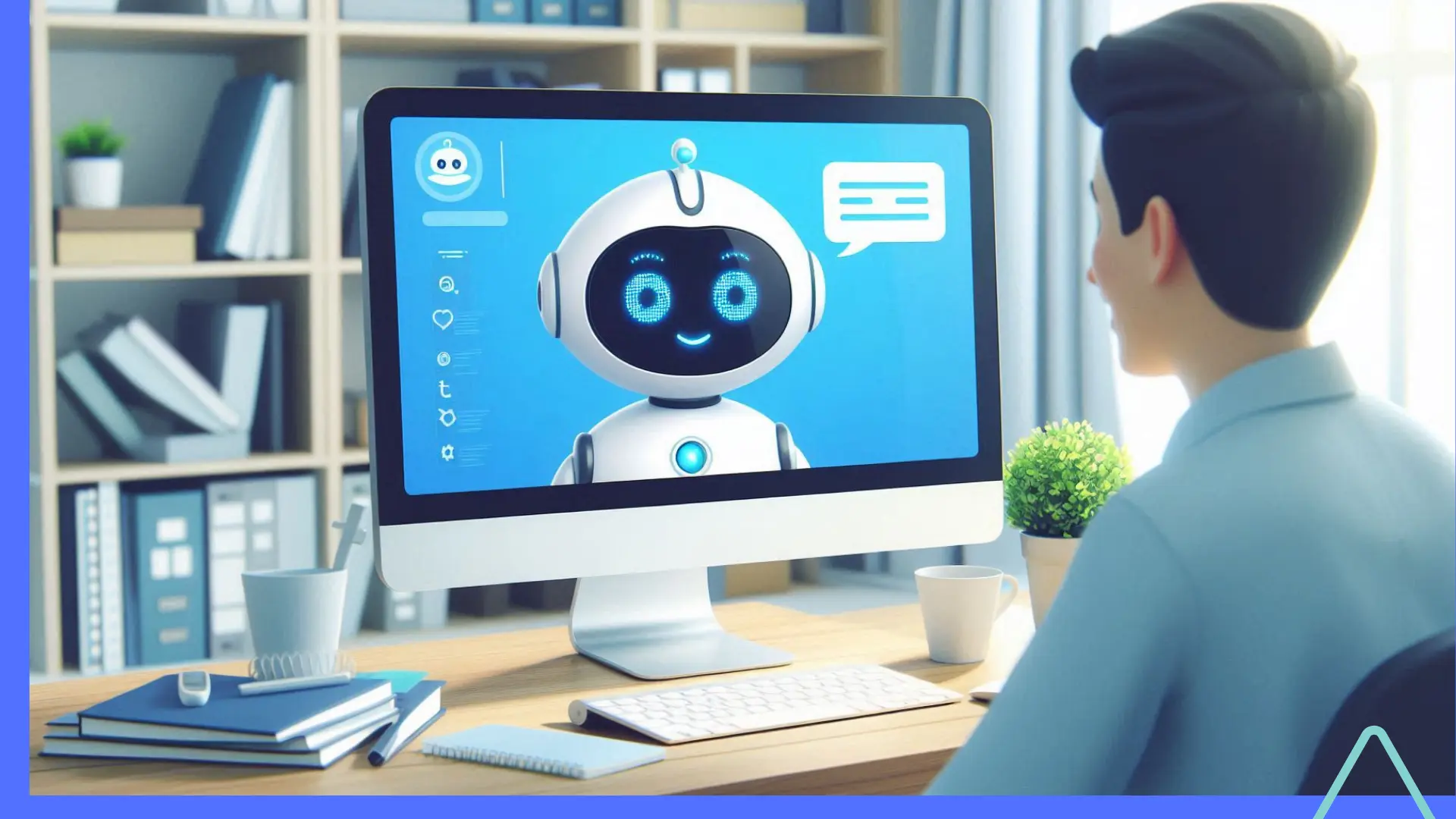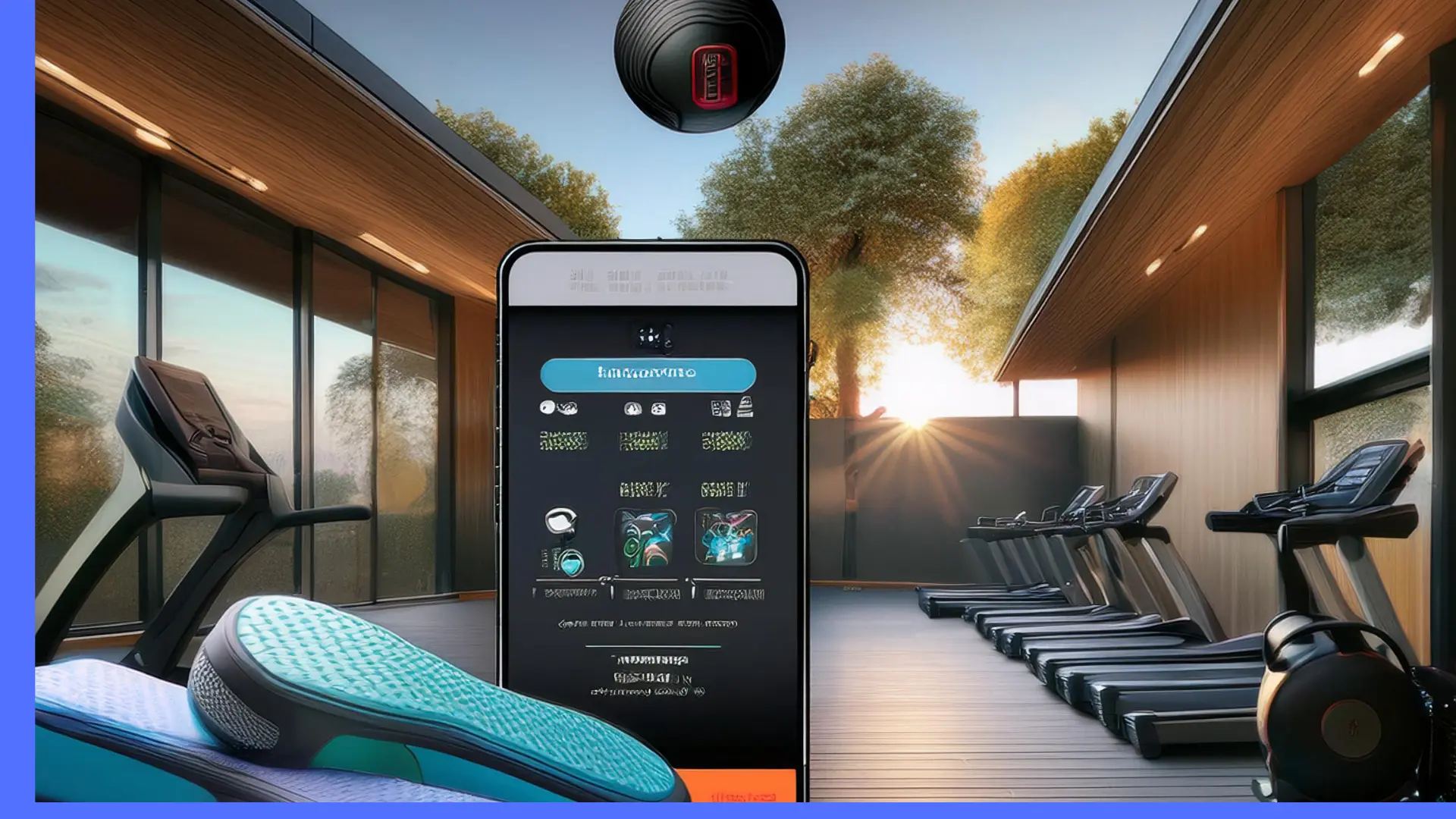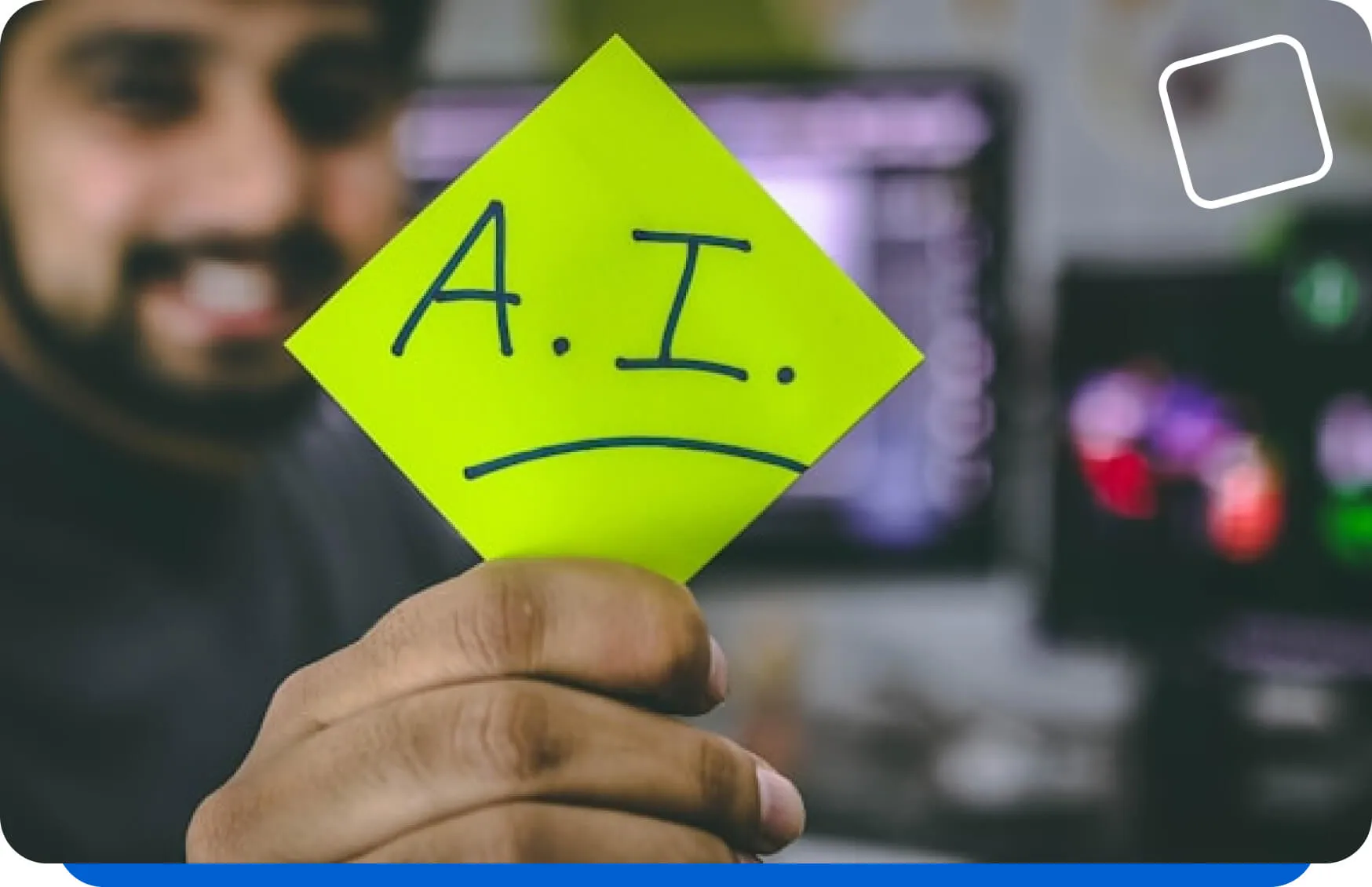Build Your AI Chatbot:
Officially here, the AI Chatbots or robots might feel like an invasion, but we assure you they are here to assist. Artificial intelligence (AI) is testing companies and support teams to stay up with an infinite number of new tools and trends. The latest trend? Generic artificial intelligence has transformed chatbots, generating improved service channels free from human agents. Growing in popularity, this new generation of chatbots is altering the way customer service leaders see and use their support resources.
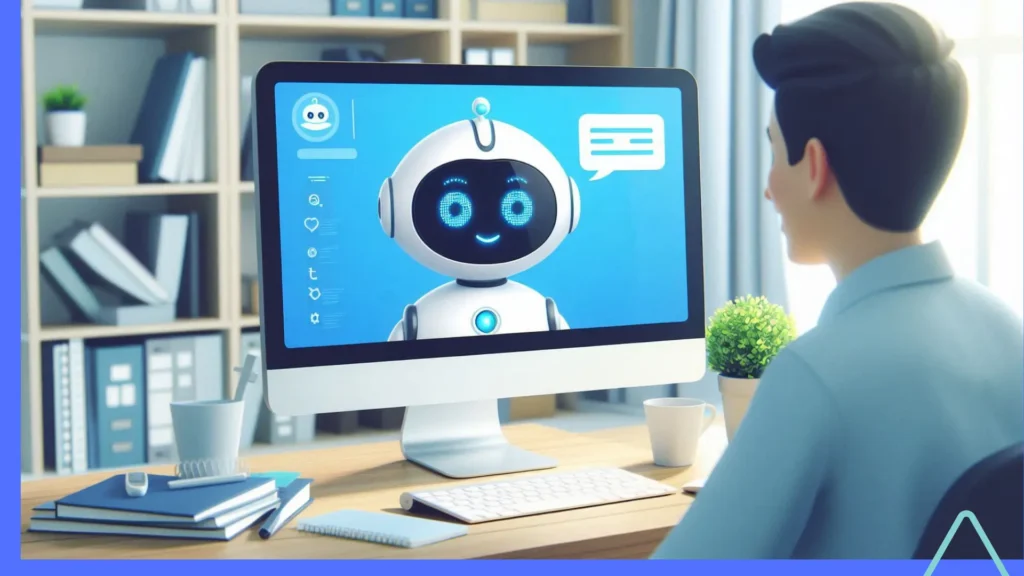
Have you ever wondered about the potential of chatbots? Are they something you’re not quite sure about yet?
You are not alone. There are several reasons why support professionals have always been cautious about chatbots. This article outlines the many reasons you should consider including a chatbot in your client experience and step by step guide on how you can make your own Ai Chatbot.
Step into the future: Automate your Customer service with our AI Development Services.
Understanding Ai Chatbots
Teams worldwide are actively integrating artificial intelligence to match their solutions with additional boosted capabilities. Customer assistance is the first sector AI is likely to conquer as well. At the present level of advancement in artificial intelligence, AI chatbots can save up to 30% of the cost and manage up to 40% of customer care chores.
You are thus in the ideal location should you be seeking another budget reduction and have been pondering how to create an AI chatbot from the start. After sorting out your inquiries about what these are and why you need them, we will work methodically through how to create an AI chatbot for your company.
In the long term, artificial intelligence (AI) is making leaps and bounds in its ability to maximize corporate operations. You never know; AI chatbots might be the next answer that makes you say, “Wow, why didn’t I think of using this sooner?”
Artificial intelligence (AI) has spawned an abundance of words and technologies, and it can sometimes be rather challenging to distinguish among them. You are probably familiar with conversational AI and generative AI, but here’s a little review to help you negotiate the correct path and become native in this subject.
Ai chatbots are software programs that replicate human-like communication via text or voice. Unlike standard chatbots, these bots utilize artificial intelligence algorithms to recognize the various user inquiries and answer suitably.
Their main objectives are to provide knowledge and support or to participate in natural conversation. For instance, many companies find great advantages in their everyday operations from their corporate chatbots. This is why they are often utilized in customer care and support systems across businesses to automate activities, offer direction, or amuse consumers.
What is AI chatbots?
Though all AI chatbots are essentially chatbots, not all chatbots are AI chatbots. This helps to establish the basis for knowledge of AI chatbots even better. As discussed, AI chatbots are software applications with Natural Language Processing (NLP) abilities that grasp spoken or written human language. An artificial intelligence chatbot can, therefore, identify the intention of a question a user asks and provide the best answer it thinks is suitable.
This AI technology, using machine learning, can replicate human-like features by becoming a problem solver, creative thinker, and autonomous thinker.
Voice cloning, for instance, may improve user experience by making conversations with chatbots seem more natural and interesting. It not only recognizes text but also produces human-like speech.
And the more engagement they experience, the more they reflect and grow personally to handle increasingly difficult challenges.
What Do Your Customers Like About AI Chatbots?
Your consumers get several perks, many of which benefit the business in turn. If you asked your consumers what they notice and enjoy about chatbots, the following would most certainly be at the top of the list.
Effective Customer Service
One of the primary advantages companies value about artificial intelligence chatbots is their ability to efficiently answer consumer questions. However, diligent, personal service does not always call for human help.
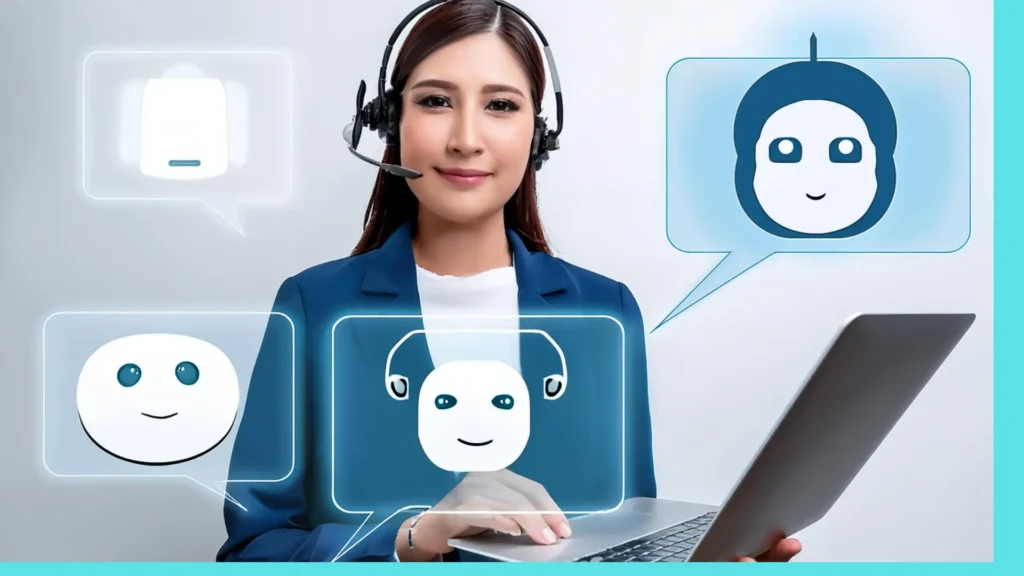
Compile and Use Consumer Data
AI bots may learn and reply based on actual interactions you had previously with consumers, using the past live chat history on your website.
When you teach your AI chatbots based on past consumer interaction data, they also become more accurate. One helpful clue to what responses consumers are usually looking for is evidence of trends in past interactions.
24/7 Assistance
AI chatbots also answer consumers instantaneously and are always accessible 24/7. In certain circumstances, you may respond personally around the clock, even in many languages. And AI chatbots need little human upkeep after the first data gathering is complete. How, then, can you ensure your chatbot is poised for success?
You should ensure that you are improving your bots as you go and following the best practices of the chatbot.
New Worlds
Making an artificial intelligence chatbot makes sense as every encounter teaches and develops these skills. Having trained on massive datasets, they address a wide spectrum of issues and questions, replies depending on which leave newcomers astounded and provide plenty of food for thought in terms of artificial intelligence company concepts.
Tools like the ChatGPT API allow companies and developers to weave these smart models into their platforms and create specialized AI chatbot capabilities and applications that fundamentally alter user experiences and increase productivity.
6 Steps to Make Your Own AI Chatbots
Follow these 6 steps to make your own Ai Chatbot:
1. Define the Function of Your ChatBots
It’s rather crucial to define its purpose before starting to create an artificial intelligence chatbot. You specifically want it to do what? Considering the customer experience you want to provide, Clearly define your objectives so you may ensure your chatbot addresses the correct issues and performs as expected.
- Remember also any industry-specific criteria and guidelines. For a healthcare chatbot, for example, you must always consider HIPAA rules.
- Specify your objectives, OKRs, and KPIs for answer accuracy, user satisfaction, and frequency of job completion. This will assist you to evaluate the performance of your bot.
- Know user needs by use of surveys, interviews, or focus groups to ascertain what they need and where they suffer;
- Clearly state quantifiable goals for your chatbot, such as reducing customer service response times or increasing user engagement;
- Determine if your bot will manage customer service, sales, information-sharing, or a combination of these; next, prioritize functionalities depending on user needs and corporate objectives
- Verify regulatory compliance—that is, make sure your chatbot abides by all appropriate laws, such as HIPAA or GDPR, from the start to prevent any legal issues down the road.
2. Select the Suitable Tech Stack for Your AI Chatbots
Popular NLP libraries like NLTK or SpaCy are a fantastic beginning; also remember pre-trained models such as GPT-3. For ML, PyTorch and TensorFlow are excellent tools. See chatbot frameworks like Rasa, Microsoft Bot Framework, or Botpress to simplify development if you’re not sure how to create AI chatbot capability most advantageously.
Particularly if you handle sensitive data, make sure your chatbot technology stack has adequate scalability and can manage the security issue properly. Remember also a strong backend and database infrastructure to effectively handle and save all that conversation data.
- For simple NLP chores, start with NLTK or SpaCy; for more complex work, pre-trained models such as GPT-3 or BERT are your friends;
- TensorFlow and PyTorch are good options for creating custom models as they come with tons of documentation and a supporting community;
- Chatbot systems (such as Rasa or Botpress) have integrated tools for discussion management, integration, and application.
- Select technology that will expand your user base and provide strong security measures to guard user information.
3. Create the Talk-through Design
Create a dialogue tree to show the many courses of discussion by planning all conceivable user inputs and answers. Your chatbot can, therefore, easily manage many questions. User journey planning helps you to grasp many possibilities and how people could engage with your bot.
Put backup systems in place to gently manage unanticipated inputs. Consider also adding contextual knowledge and memories to help conversations seem genuine and intimate. Platforms for designing conversations, including Voiceflow or Botmock, may assist in guaranteeing a flawless user experience and simplifying the design process.
- Aim for an intuitive and natural experience and use simple English instead of technical jargon or speciality startup lingo; user-centric design;
- Using MVP tools like Lucidchart or Miro to graph every conceivable route, dialogue trees (plan out conversation flows) help to see every potential path;
- context management (use strategies to preserve context over many contacts for a more natural sense)
- Design unambiguous fallback replies for unexpected inputs to help users return on track by means of error management.
4. Development Your AI Chatbots
It’s time to train AI chatbot capability now your conversational flow is ready. Use your data to improve NLP models and train ML models to guarantee your bot performs as expected every time. Constant improvement and instruction will help to maintain sharp performance.
- Create a feedback loop so the chatbot adjusts answers based on user interactions. Use many datasets to increase generalization across several inputs and prevent prejudices. Use A/B testing to evaluate many versions and maximize performance, then use transfer learning approaches to improve comprehension.
- Use numerous data sources to educate your bot so it can manage several languages, slang, and accents;
- ongoing education (programs allowing your bot to continuously learn from encounters and routinely update training data using actual user dialogues);
- Keep an eye on biased behavior in your models and retrain using varied data to maintain fairness.
- Including user comments in your training data will help to raise relevance and accuracy.
5. Combine with the Application and Test
Choose your chatbot’s deployment location. You have choices, including your website, smartphone app, messaging tool, Facebook Messenger, or WhatsApp. Combine the bot and rigorously test it. Test several situations and edge cases to find and correct any problems.
Simulate interactions and find mistakes using automated testing techniques. For a consistent user experience, make sure the chatbot interacts seamlessly with current systems like your ERP or CRM. Furthermore, guarantees data privacy compliance and tests for security flaws.
- Thorough testing (you may use tools like TestMyBot or Botium that assist with automated testing; test across many devices and platforms);
- User acceptability testing, or UAT, has actual users tested and comments on usability and functioning;
- Security testing—perform audits to identify and resolve weaknesses, therefore guaranteeing data safety and privacy.
- Setting up monitoring instruments to measure performance in real-time and guarantee it satisfies criteria helps performance monitoring (sets up tools to track).
6. Launch and Improve the chatbot
Start gathering user comments after your chatbot becomes online. Track interactions, adjust replies, and evaluate performance. Your chatbot will remain successful if you constantly learn and improve. Create basic data visualization analytics dashboards. KPIs may, therefore, be monitored in real-time, and development opportunities identified. Add fresh features and improve discussion flows using knowledge about user behavior.
Retrain models and routinely update the chatbot with fresh data will help to keep accuracy. Use surveys and feedback tools to interact with consumers so you may better know their wants and expectations. Create a committed staff to maintain the chatbot as a useful tool for consumers by means of continuous maintenance and support.
- Actively search for user comments after distribution and modify them depending on their input;
- KPIs like response speed, accuracy, and customer happiness should be watched;
- Schedule frequent upgrades for the bot’s training data and software to include fresh features and enhance performance;
- Proactive maintenance (form a specialized team for continuous support and maintenance to address problems fast and guarantee dependability);
- Engagement techniques—use proactive recommendations or tailored messaging to keep consumers engaged with the bot.
And now you have it! Not only does a chatbot function, but it also gives you the impression of having a new friend.
What Techstack Do You Need for Your AI Chatbots?
Building an AI chatbot is a difficult and time-consuming process. Therefore, you should plan ahead of time what tech stack you will require. Here are the primary tools you should be aware of:
1. Natural Language Processor (NLP)
It enables your chatbot to understand information and naturally converse with humans. Teams often utilize Google DialogFlow or Amazon Lex for this.
2. Cloud Infrastructure
It offers scalable processing power, accessibility, storage, and other features needed for your chatbot to run smoothly. Microsoft Azure and AWS are typical choices.
3. AI/ML Software
This is the final and most significant step in developing a human-like chatbot that can meet your demands. It’s what makes your chatbot more than just a program. For example, PyTorch is a prominent ML library, Scikit-learn is a popular option for data analysis and ML method development, and TensorFlow may be used to create deep learning models.
What Features You Must Include In Your AI Chatbots?
Fixing Typos
To keep the conversation flowing, AI chatbots must be smart enough to notice and fix language and typing errors. Unlike those traditional bots that are baffled by misspellings, current artificial intelligence chatbots have to grasp your message. The chatbot must, therefore, figure it out and provide the correct information if you enter “where my refunnis” instead of “Where is my refund?”
Content Integrity
The key is trust; hence precise, current knowledge delivery is vital. To maintain dependability for your chatbot, aim for an accuracy level of around 70%. High degrees of accuracy make your chatbot a great team member.
User Interaction Learning
These chatbots become better the more you engage with them. Every interaction teaches them they improve their replies and find patterns. More scripted responses and more exact answers follow from this. You may also utilize this information to develop useful tutorials or gamified material to address frequently asked topics.
Overview
Had a long-winded query? No issue here. By aggregating thorough searches and extracting the key ideas to react quicker and more precisely, advanced artificial intelligence chatbots may not only accelerate the resolution of problems but also release human agents to handle more difficult ones.
Adjustment
Every company is different. Hence, your chatbot should be also. Customizable chatbots may be made to answer your particular questions and employ jargon from your field of business. This adaptability guarantees that your chatbot develops with your company and is a hack on how to create an AI chatbot that will stay.
Capability of Omnichannel Messaging
A flawless experience across all your channels of contact is very essential. Your chatbot should recall earlier interactions, whether it’s your website, WhatsApp, or Facebook Messenger, to avoid consumers from repeating themselves, to smooth out the overall experience, and to lower customer turnover.
Human Conflict
Sometimes, one needs a human touch. AI chatbots need to be able to easily convey difficult problems to human operators. This guarantees speedier service, improved data collecting, and seamless handovers, as well as maintains client satisfaction and keeps your support staff effective.
Sentiment analysis
Sentiment analysis-based chatbots may sense consumer sentiments and adjust their answers. This makes interactions more intimate, and guides annoyed consumers to human agents for an immediate fix. It could simultaneously provide deeper emotional information about your consumers.
Final Thoughts
Building chatbots driven by artificial intelligence is hardly a stroll in the park, as you can see. On the other hand, a great profit merely exists and waits for someone to seize it. Many companies grab it. Moreover, now you know how to create an artificial intelligence chatbot, so what prevents you?
Our staff is here to clear the mists of confusion and guide you step-by-step, whether you believe it is already time to explore the chatbot universe or you are still unsure. Upsilon offers team augmentation services; our professionals would be happy to help with tech-related aspects of your product. Thus, be free to get in touch to talk about your demands.
TopTech: Your Trusted Business Partner
Building an AI chatbot or even a basic conversational bot may seem complicated. However, if you feel your consumers would profit from it, you should certainly give it a try.
When it comes to unlocking the potential of AI-powered chatbots, Toptech is your go-to partner. We’re not just a software firm-we’re a team of experts who are passionate about helping businesses like yours overcome support limitations, deliver outstanding customer experiences, and seamlessly integrate with your existing technology.
For 4+ years, toptech has been providing startups, entrepreneurs, and companies worldwide to innovate and create an exceptional digital presence. We are an avid advocate and champions for bringing businesses forward as technology, such as chatbots and generative AI, advances, allowing each of you to dominate your sector. Our experienced and outstanding staff is well-equipped, consisting of app developers, software specialists, data analysts, and machine learning engineers who specialize in creating AI-powered applications.
At Toptech, we’re more than just a service provider. We’re your valued business partner as you navigate the future of AI and chatbots. We’re here to support you every step of the way, helping you harness the power of technology to drive your business forward.

